
To create the warm, enveloping and characterful sounds that underpin lo-fi we can use a broad palette of sounds and effects. These span the obvious go-to effects like delay and reverb while other types of textures incorporate ambient sounds, analogue device-related artefacts, and even audio manipulation techniques. In this tutorial feature we’ve compiled our top ten suggestions. Before you begin, make sure you check out our first instalment in this series, exploring how to build your own lo-fi beat
10 ways to craft lo-fi textures
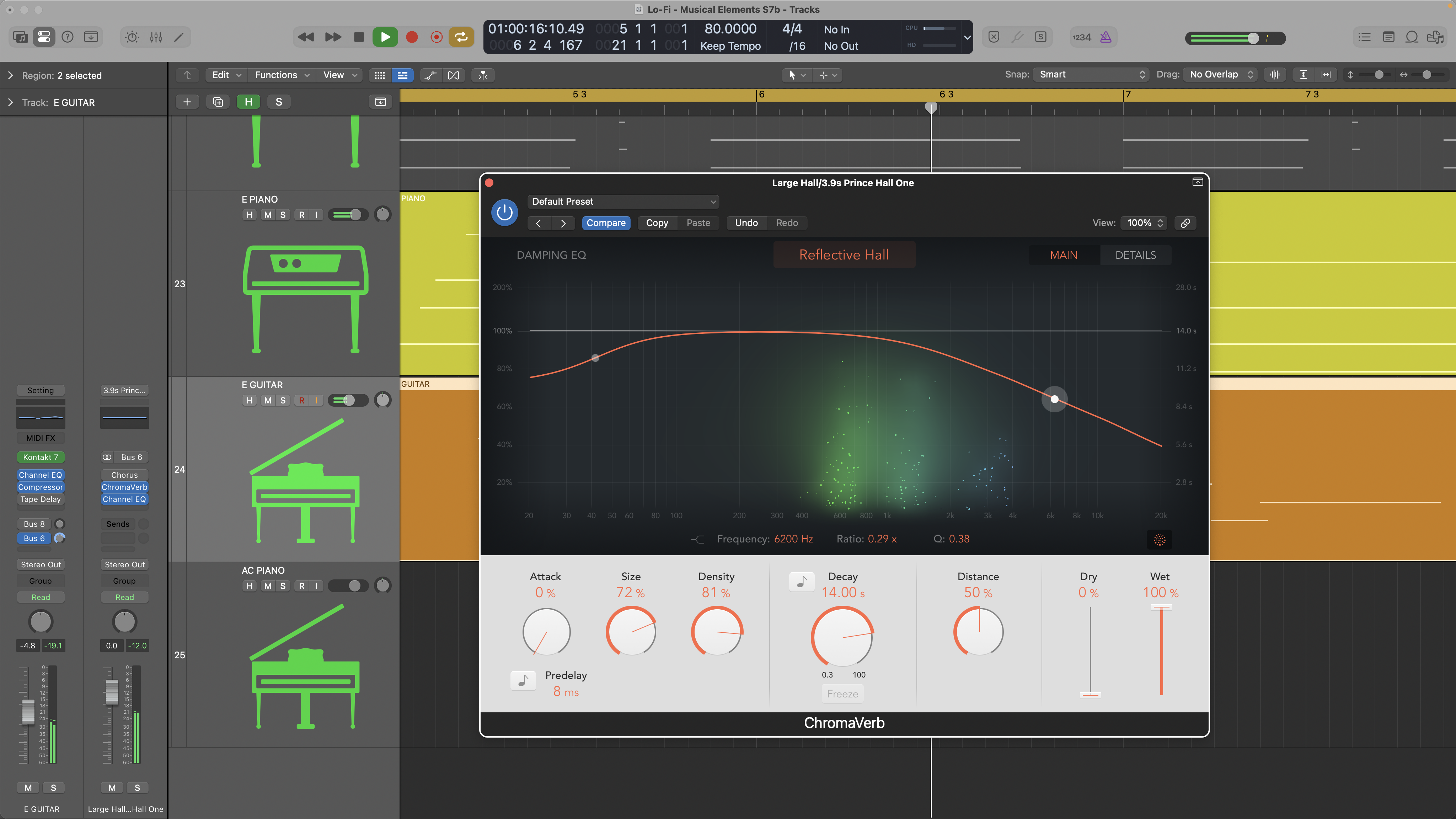
1: Reverb - This is a vital effect for adding width and depth to your lo-fi track, and longer reverbs are particularly useful. But DON'T bathe every sound in cathedral-sized decay. To get started we suggest using algorithmic reverbs. These allow not only extensive adjustment of decay times but also filtering and shaping of the reverb tail. Use the reverb to enhance a few specific sounds in your track.
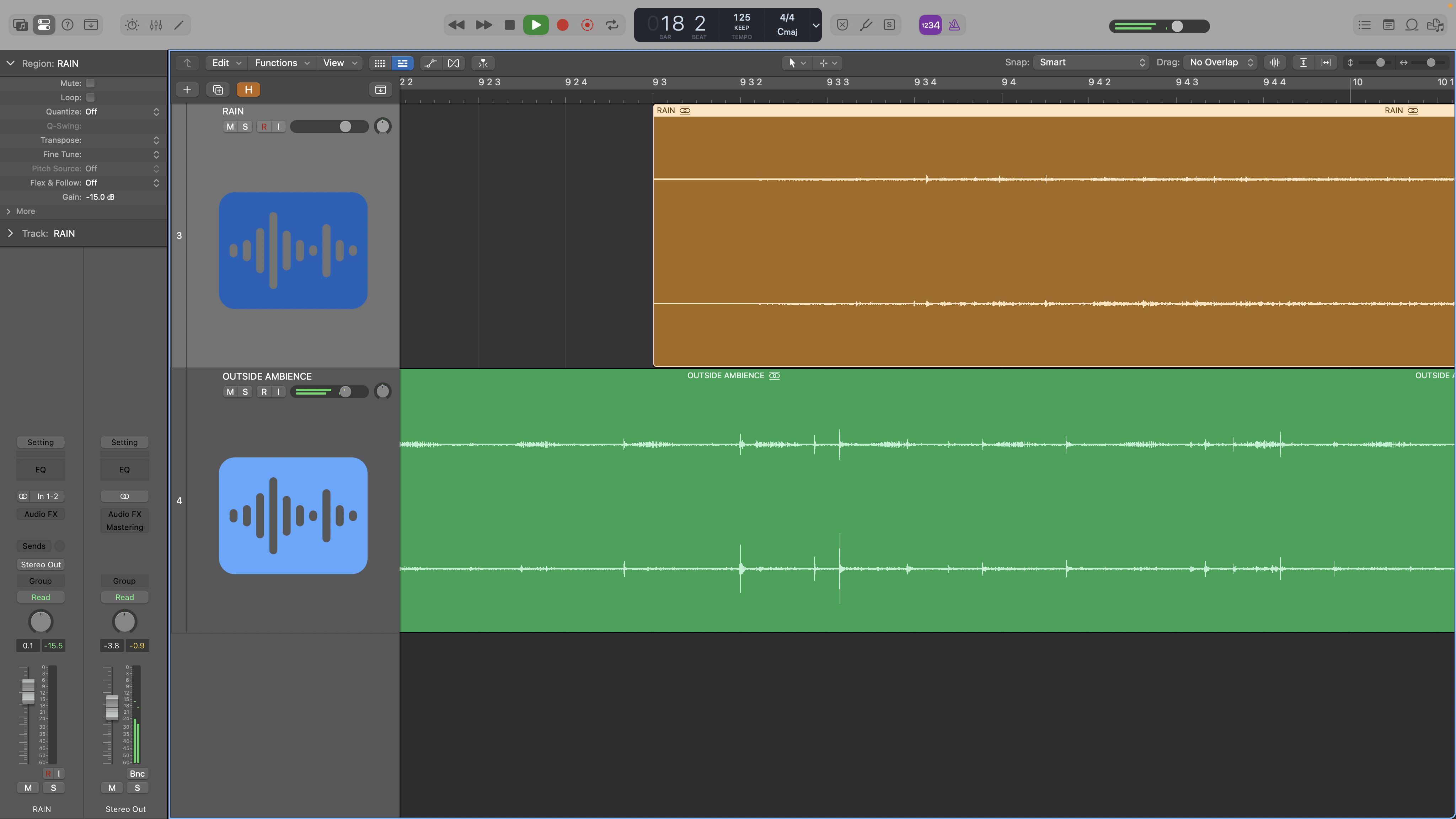
2: Ambient Effects - Many lo-fi tracks make use of nature-based ambient effects. Options such as rainfall, running water, urban soundscapes, or animal sounds such as birdsong are all typical. You can of course source these from sound effect libraries. But if you like recording, there’s nothing to stop you capturing your own bespoke sounds.
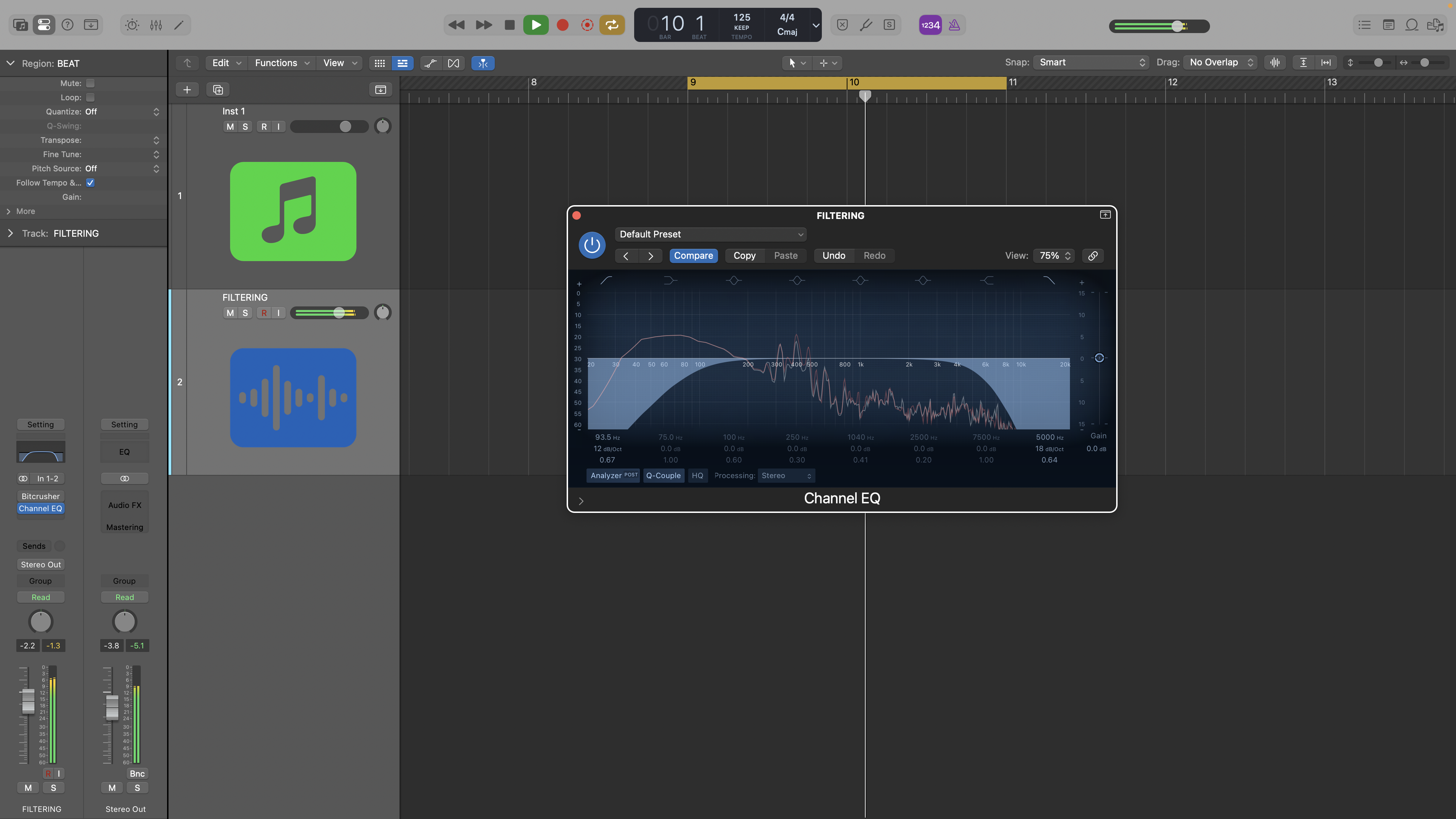
3: Filtering - Lo-fi sounds are characterised by the warmth and playback limitations of classic equipment. This is somewhat at odds with many of the shiny, pristine sounds you’ll find in your DAW. But the humble low-pass and high-pass filters used with low resonance settings are ideal for tailoring sounds. Also, why not throw in some automation to create different treatments in different sections of your track.
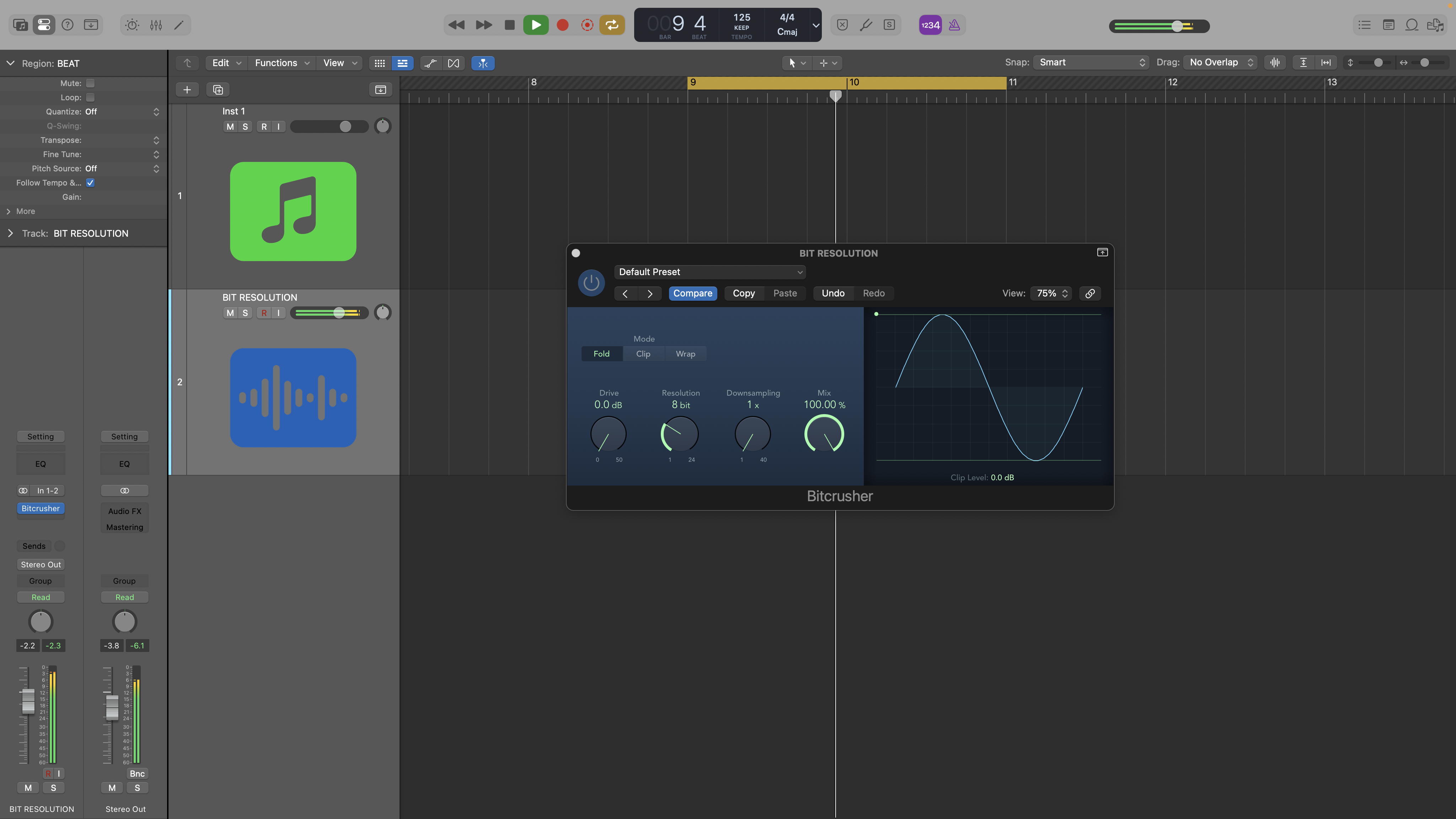
4: Distortion - Mention distortion and the first thing that springs to mind is some form of overdriven guitar effect. But distortion can be way more subtle, introducing artefacts and variations to your sound. We particularly like the degrading effect of bit reduction and the warmth of tape saturation.
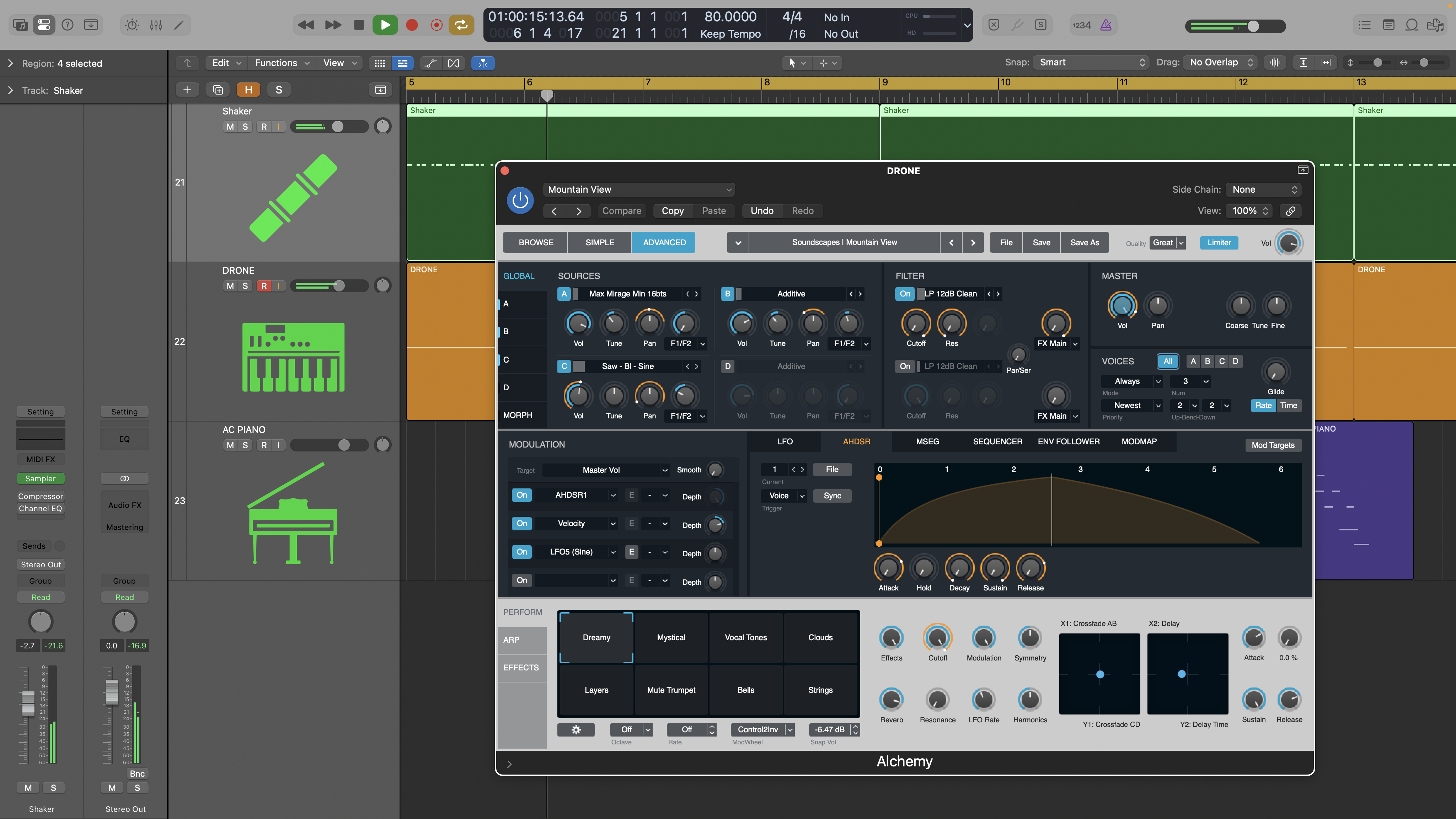
5: Drones - If your lo-fi track is heading in an ambient or vaporwave direction then you may be looking for ways to reduce the beats and expand the textural components. Drones are sustained continuous tones that not only provide a pitch centre for your track, which you can then build on, but also add an atmospheric and hypnotic sound bed.
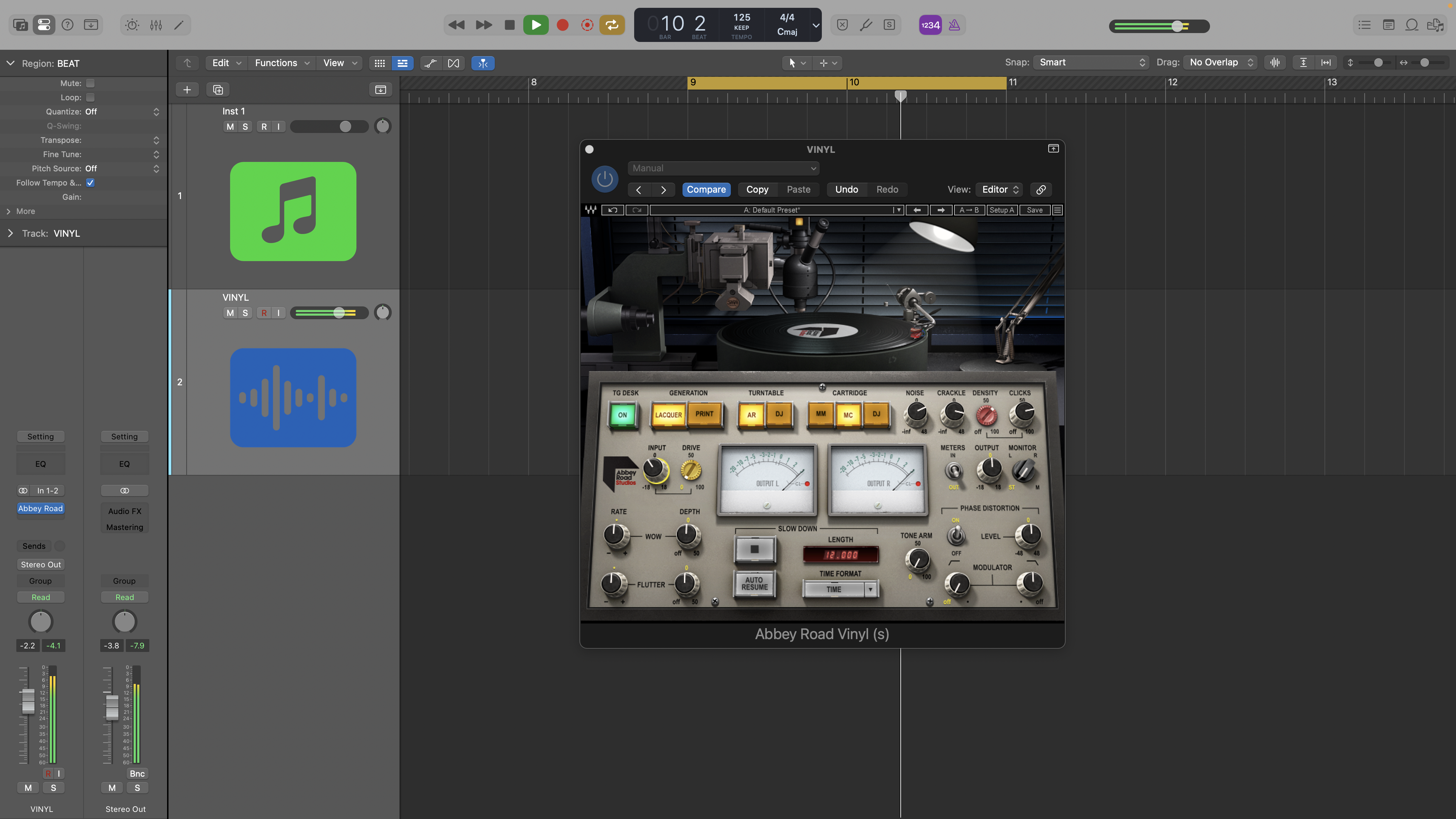
6. Ageing Effects - The sound of old hardware can be replicated with samples or dedicated effects plugins and is sometimes incorporated into hardware emulation plugins. Effects that work particularly well include vinyl static and hum, but you may also want to investigate wow and flutter options for even more flavour.
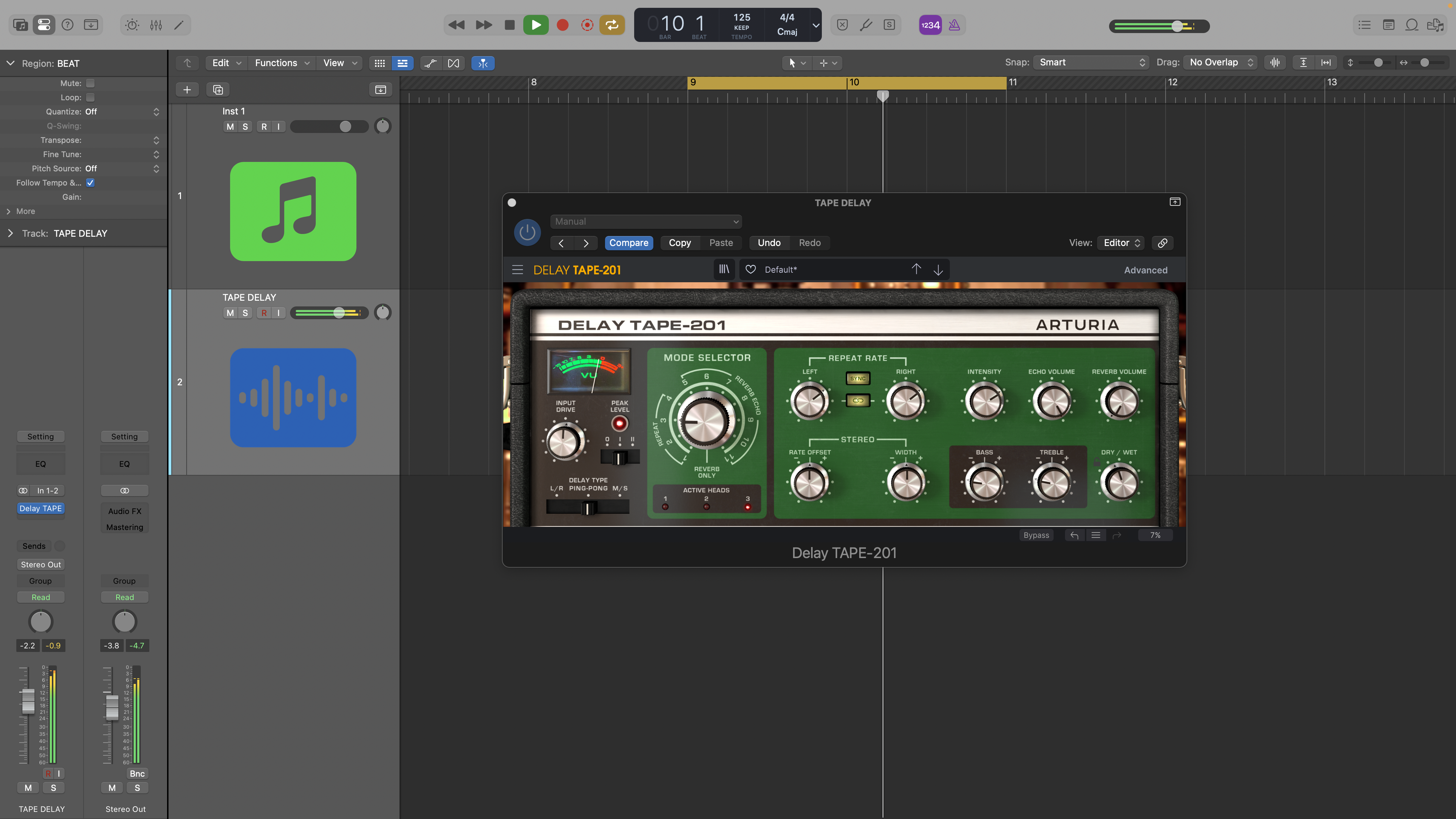
7. Delays - Adding space to sounds isn’t always a job for reverb, and delays provide a good alternative. What’s more if you use a tape-style delay you’re truly embracing the lo-fi spirit. Make use of filtering and modulation in the delay feedback loop to emulate this classic effect.
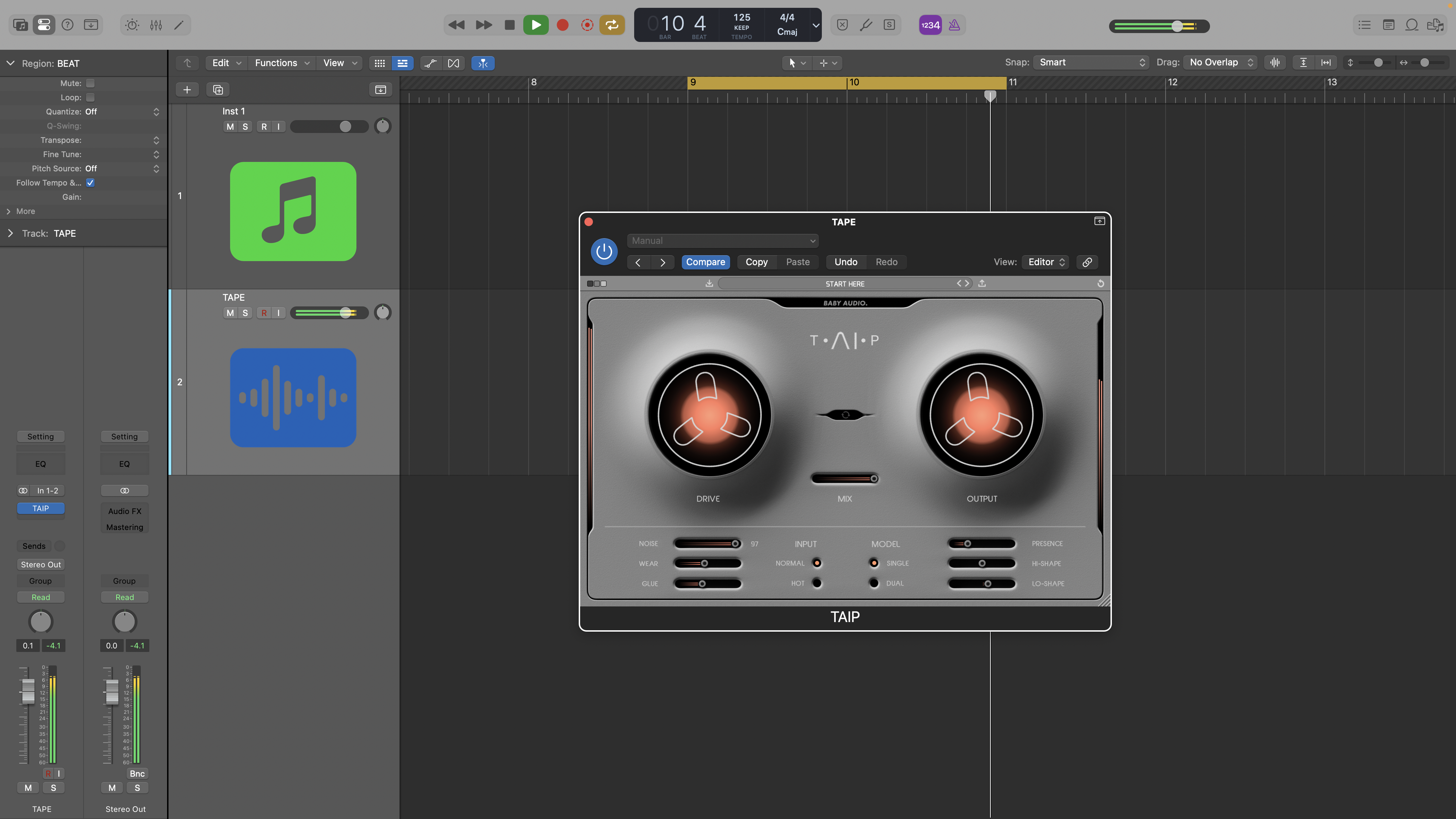
8: Noise - Adding system noise such as hiss is a typical lo-fi technique that provides an authentic retro feel. You’ll often find this is incorporated into hardware emulation plugins such as tape emulations, and the type of hiss can often be selected based on the tape formulation. For the most extreme effect look for slow tape settings or even cassette tape emulations.
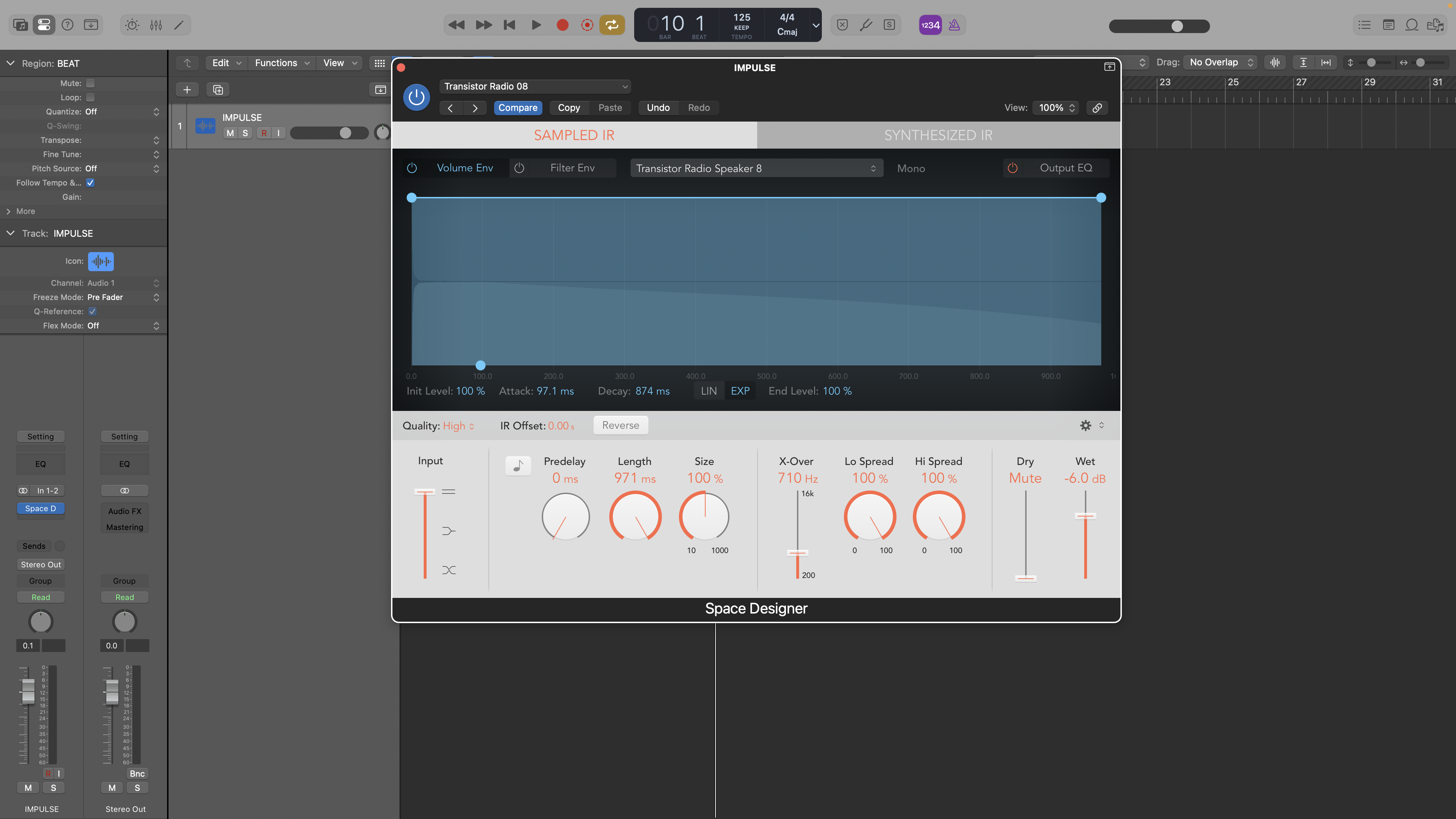
9: Impulses - Convolution processors are great for replicating physical spaces and hardware effects. But the underlying engine is capable of applying any source impulse to your audio, all you need is a suitable source audio file. This can be all manner of vintage effects including analogue circuits, loudspeakers and beyond, all of which can be great for finessing the lo-fi sonics.
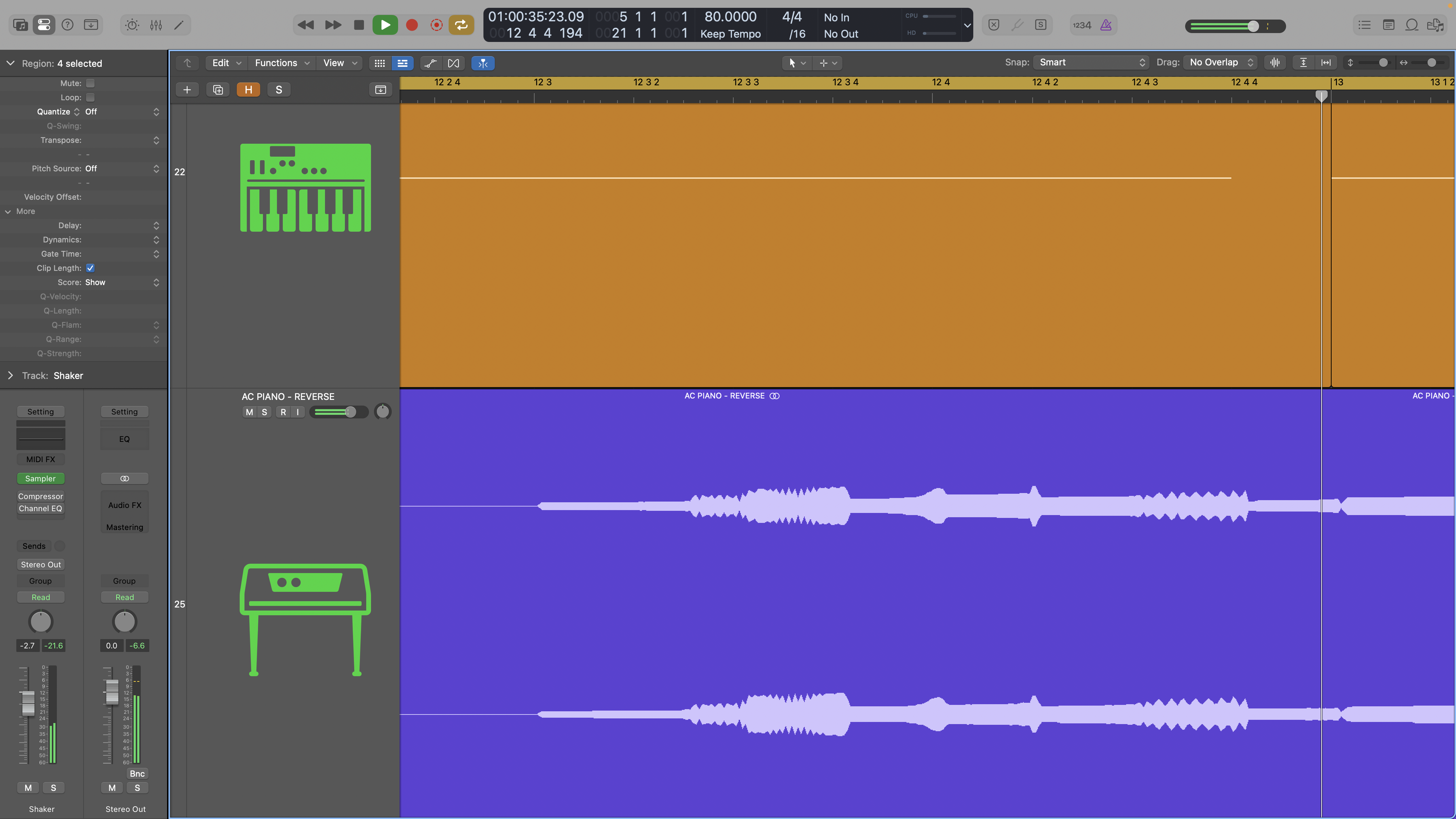
10: Backwards audio - This technique has been around for decades and thus conjures up its own retro associations. Although popular for vocals and guitar solos, it also works well with ensemble sounds and even effects such as reverb. In-keeping with the lo-fi ethos it shouldn’t be centre stage, and when balanced accordingly can add a mysterious layer to your productions.







